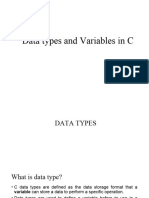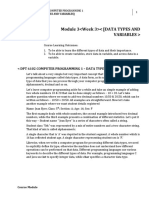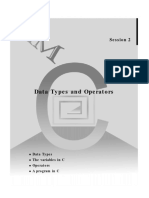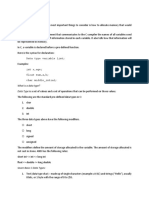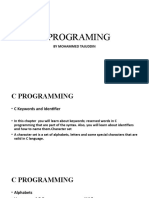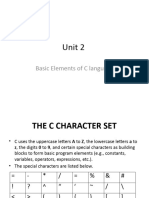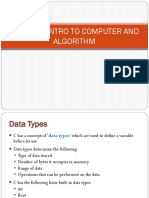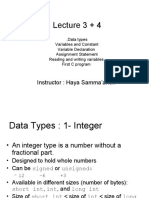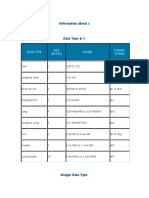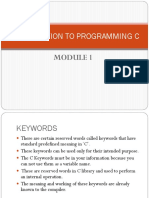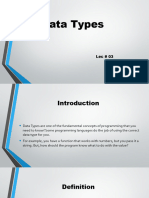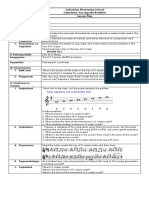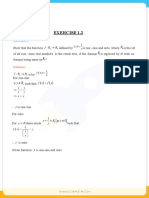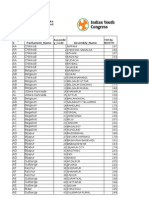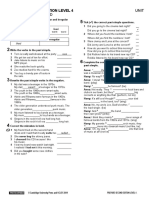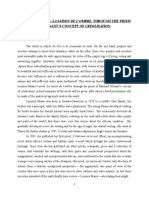0% found this document useful (0 votes)
17 views19 pages4 Variables and Data Types
The document provides an overview of variables and data types in C programming, explaining that variables are storage containers for data with unique names. It outlines the four fundamental data types: int, char, float, and double, along with their characteristics and declaration methods. Additionally, it discusses data type qualifiers that modify the size and sign of variables.
Uploaded by
millicentsmart996Copyright
© © All Rights Reserved
We take content rights seriously. If you suspect this is your content, claim it here.
Available Formats
Download as PDF, TXT or read online on Scribd
0% found this document useful (0 votes)
17 views19 pages4 Variables and Data Types
The document provides an overview of variables and data types in C programming, explaining that variables are storage containers for data with unique names. It outlines the four fundamental data types: int, char, float, and double, along with their characteristics and declaration methods. Additionally, it discusses data type qualifiers that modify the size and sign of variables.
Uploaded by
millicentsmart996Copyright
© © All Rights Reserved
We take content rights seriously. If you suspect this is your content, claim it here.
Available Formats
Download as PDF, TXT or read online on Scribd
/ 19
